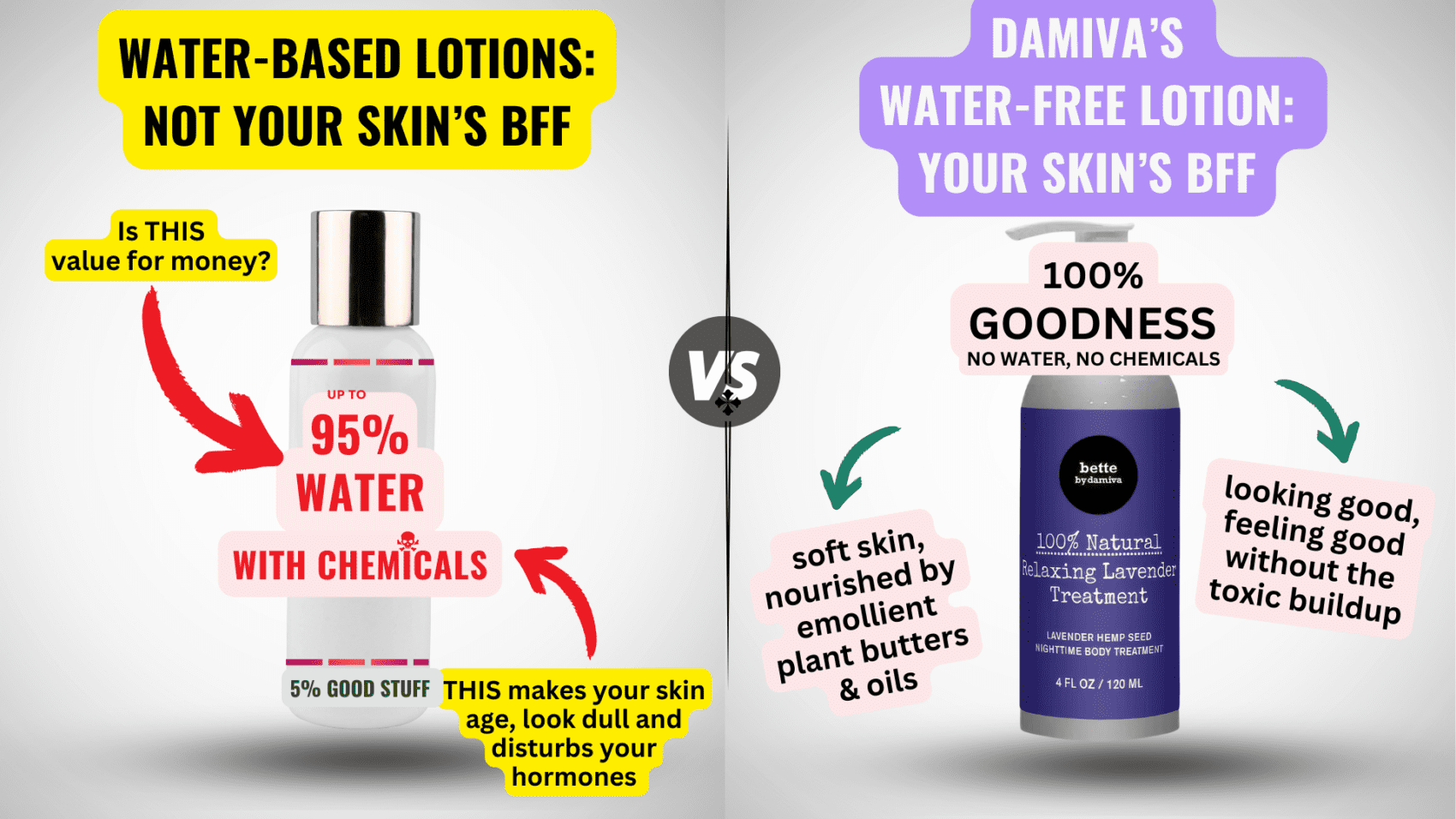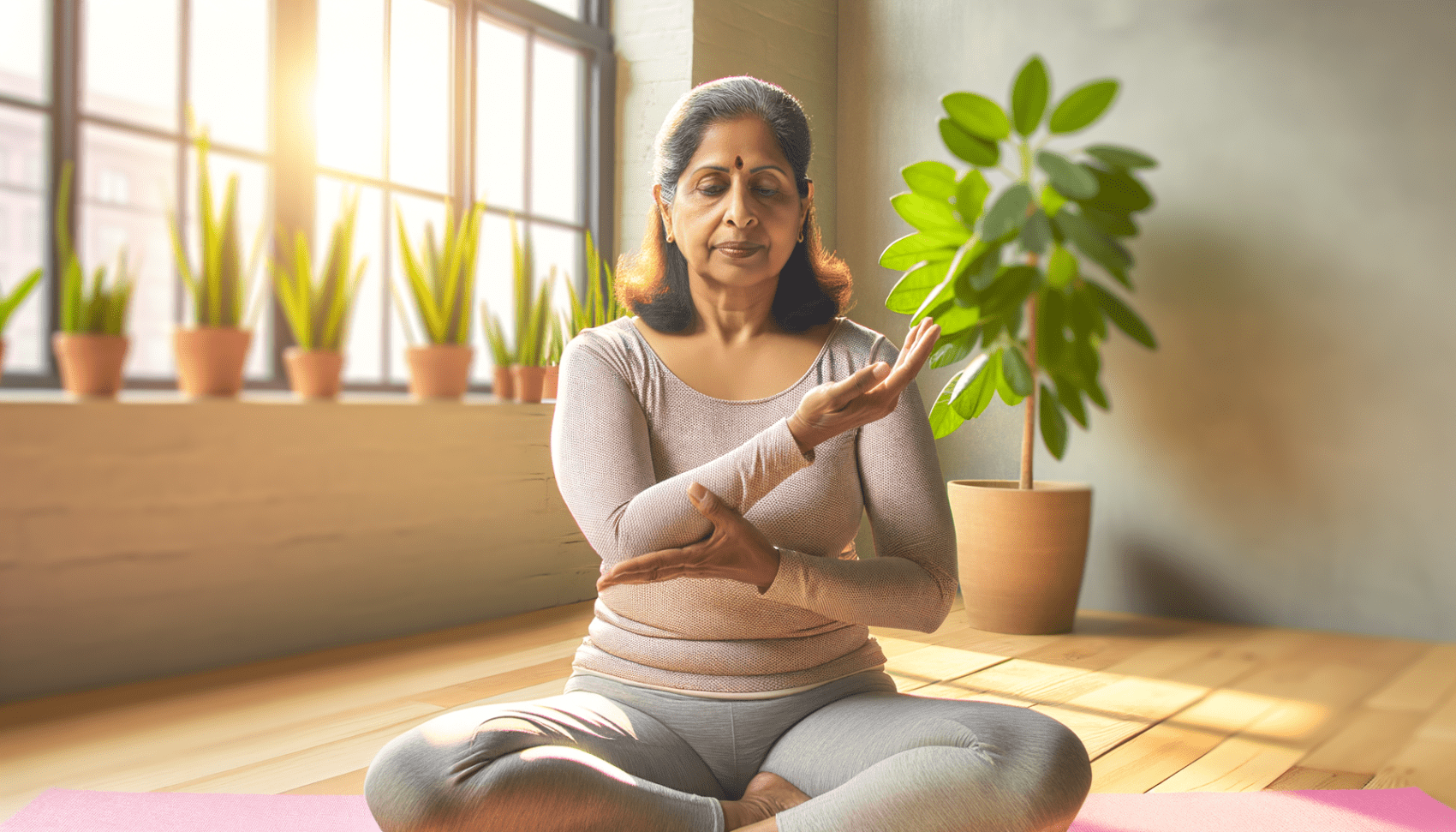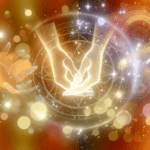Menopause marks a significant transition in a woman’s life, signifying the end of her reproductive years. Biologically, menopause is defined as the cessation of menstrual periods for twelve consecutive months. The process is a natural part of aging and typically occurs in a woman’s late 40s to early 50s. It is the result of a decline in the ovaries’ production of the hormones estrogen and progesterone, leading to the end of ovulation and menstrual cycles.
Premature Menopause and Its Causes
Premature menopause, also known as primary ovarian insufficiency, occurs when a woman experiences menopause before the age of 40. Various factors can cause this, including genetic predisposition, autoimmune diseases, certain medical treatments like chemotherapy or radiation therapy, and surgical removal of the ovaries.
Symptoms and Their Impact on Daily Life
The symptoms of menopause can significantly impact a woman’s daily life. Common symptoms include hot flashes, night sweats, vaginal dryness, sleep disturbances, and mood swings. These symptoms can affect a woman’s quality of life, disrupting sleep, causing discomfort, and impacting emotional well-being.
Menopause and Mental Health
Menopause can also have profound effects on mental health. Hormonal fluctuations may contribute to increased risks of depression, anxiety, and mood swings. The physical symptoms of menopause, coupled with life stressors common during this stage of life, can exacerbate mental health challenges.
Gender and Sex Terminology in Menopause Research
It is important to note that while menopause is most commonly associated with women, not all individuals who go through menopause identify as women. Gender is a social construct related to societal roles and personal identification, which may include nonbinary or transgender identities. Sex, on the other hand, refers to biological attributes. In menopause research, it is crucial to use accurate terminology that reflects the diversity of experiences and identities of those going through this transition.
The Role of Relaxation Techniques in Menopause Management
Overview of Relaxation Techniques
Relaxation techniques encompass a variety of practices aimed at reducing stress and tension in the body and mind. These methods can range from simple breathing exercises to more structured practices like meditation and guided imagery. The goal is to induce a state of calm and tranquility, which can help mitigate the physical and emotional symptoms associated with menopause. Common relaxation techniques include deep breathing, progressive muscle relaxation, mindfulness meditation, and autogenic training, each designed to help individuals find relief from the stresses of daily life and specific menopausal symptoms.
Benefits of Relaxation for Menopausal Symptoms
Menopause can bring about a host of symptoms, including hot flashes, night sweats, mood swings, and sleep disturbances. Relaxation techniques offer a non-pharmacological approach to managing these symptoms. By engaging in relaxation practices, menopausal individuals can experience a reduction in the frequency and intensity of hot flashes, improved sleep quality, and a decrease in anxiety and depression. The physiological benefits include lowered heart rate and blood pressure, reduced muscle tension, and a decrease in the stress hormone cortisol. These techniques empower individuals to take an active role in managing their symptoms and improving their overall well-being during this transitional phase of life.
Potential Side Effects and Precautions
While relaxation techniques are generally considered safe and beneficial, it is important to approach them with caution, especially for individuals with certain health conditions. For example, deep breathing exercises may cause dizziness or hyperventilation in some people. Progressive muscle relaxation may not be suitable for those with heart disease without prior consultation with a healthcare provider. In rare cases, certain relaxation practices might exacerbate symptoms of anxiety or epilepsy. It is crucial for individuals to listen to their bodies and modify practices as needed, seeking guidance from healthcare professionals when necessary to ensure that relaxation techniques are used safely and effectively.
Breathing Exercises for Menopause Relief
Deep Breathing
Deep breathing is a fundamental relaxation technique that can be particularly beneficial during menopause. To practice deep breathing, find a quiet space and sit or lie down comfortably. Place one hand on your abdomen, just below your navel. Inhale slowly through your nose, allowing your belly to rise as it fills with air. Imagine a balloon inflating in your abdomen. Hold the breath for a moment, then exhale slowly through your mouth, letting your belly fall. This exhalation should be longer than the inhalation, promoting a sense of calm. Aim to practice this technique for 5-10 minutes daily to help manage menopausal symptoms such as anxiety and hot flashes.
Boxed Breathing
Boxed breathing, also known as square breathing, is a powerful stress reliever that can be done anywhere at any time. Start by exhaling all the air from your lungs. Then, breathe in through your nose for a count of four, hold the breath for another count of four, then exhale through your mouth for four counts. Finally, hold your lungs empty for a count of four before repeating the cycle. This technique helps to reset the nervous system and can be particularly helpful in moments of heightened stress or during a hot flash.
4-7-8 Breathing Technique
The 4-7-8 breathing technique is known for its ability to reduce stress and improve sleep, making it ideal for menopausal women experiencing insomnia or anxiety. To practice, exhale completely through your mouth, making a whoosh sound. Close your mouth and inhale quietly through your nose to a mental count of four. Hold your breath for a count of seven. Exhale completely through your mouth, making a whoosh sound to a count of eight. This is one breath. Repeat the cycle three more times for a total of four breaths.
Paced Breathing
Paced breathing involves slow, deliberate breaths that can help reduce the frequency and severity of hot flashes. Sit comfortably and focus on breathing deeply into your diaphragm. Inhale slowly for a count of five, allowing your chest to expand outward rather than upward. Then, exhale for a count of five. Practice this technique for about 15 minutes twice a day, and use it for five minutes when experiencing a hot flash. Paced breathing not only helps with menopausal symptoms but also promotes overall relaxation and well-being.
Remember, while these breathing exercises are generally safe and beneficial, it’s important to consult with a healthcare provider if you have any underlying health conditions or if you experience any discomfort while practicing these techniques. With regular practice, these breathing exercises can become a valuable part of your menopause management toolkit.
Mindfulness and Meditation Techniques
Word Repetition and Focus
Mindfulness can begin with the simple technique of word repetition, also known as a mantra. This involves selecting a word or phrase that embodies a state of calm or represents a positive intention. During practice, you focus on repeating this word silently each time you exhale. The repetition helps anchor the mind, preventing it from wandering and promoting a state of relaxed awareness. This technique can be particularly beneficial for menopausal symptoms like anxiety and mood swings, as it encourages a singular focus that can help stabilize emotions.
Autogenic Training
Autogenic training is a self-relaxation technique that involves repeating a set of visualizations and affirmations that promote a feeling of warmth and heaviness in the body, leading to deep relaxation. It is particularly effective for menopause management as it can help reduce stress and improve sleep quality. The process includes focusing on physical sensations, such as the heaviness of limbs or the warmth of the breath, while mentally repeating affirmations like “My arms are heavy and warm.” This practice can be done in a quiet space and may take some time to master, but the benefits for menopausal relaxation are substantial.
Progressive Muscle Relaxation
Progressive Muscle Relaxation (PMR) is a technique that involves tensing and then relaxing different muscle groups in the body. This practice can help identify areas where stress is held and consciously release it. For menopausal women, PMR can be particularly helpful in managing physical symptoms such as tension headaches or sleep disturbances. Starting from the head and moving down to the toes, or vice versa, you tense each muscle group for a few seconds and then release, noticing the contrast between tension and relaxation.
Focused Meditation
Focused meditation is a mindfulness practice where attention is directed to a single point of reference, such as the breath, a sound, or a visual object. The goal is to continually bring the mind back to the focal point when it drifts away. This form of meditation can help menopausal women reduce stress and improve concentration. By focusing on the present moment, it’s possible to gain respite from the often overwhelming symptoms of menopause, such as hot flashes or irritability.
Guided Imagery
Guided Imagery is a relaxation technique that involves envisioning a peaceful scene or narrative. It can be self-directed or led by a recording or instructor. The vivid and absorbing nature of the imagery can distract from menopausal symptoms and induce a state of calm. For example, imagining a serene beach with the sound of waves can provide a mental escape from stress and discomfort. This technique not only promotes relaxation but can also enhance overall well-being by fostering positive emotions.
By incorporating these mindfulness and meditation techniques into daily life, menopausal women can find effective tools for managing the physical and emotional challenges of this life stage. Regular practice can lead to improved mental health, reduced stress levels, and a greater sense of inner peace.

From unhappy, dry, and sandpaper to silky, smooth and feeling good. That’s Cleo. Cleo is a 100% natural labial balm to moisture and soothe “your other lips”. Cleo is chemical-free, water-free, pH optimized and helps maintain and restore your delicate labial skin’s natural flora. Ideal for daily use or as needed. Get the most silky, lovable lips ever.
Positive Affirmations and Their Effectiveness
Creating a Positive Mindset
Menopause can be a challenging time for many, with its array of physical and emotional symptoms. However, the power of positive thinking can play a crucial role in managing these changes. A positive mindset begins with the conscious choice to focus on thoughts that uplift and encourage. This shift in perspective can significantly impact one’s emotional well-being and overall health.
Positive affirmations are a practical tool in fostering a positive mindset. These are short, powerful statements that, when spoken repeatedly, can help to reprogram the subconscious mind. By doing so, they can counteract negative thought patterns and beliefs that may exacerbate menopausal symptoms. The key to their effectiveness lies in their consistent application and the emotional conviction behind them. When used regularly, affirmations can help to build resilience, reduce stress, and improve mood.
Examples of Positive Affirmations
Here are some examples of positive affirmations tailored for menopause:
- “I embrace the changes in my body with grace and patience.”
- “Every breath I take calms me and brings me peace.”
- “I am strong, capable, and can handle any challenge that comes my way.”
- “I honor my body’s wisdom and trust in its ability to balance and heal.”
- “With each day, I grow more confident in my journey through menopause.”
It is important to choose affirmations that resonate personally and reflect the areas where support is needed most. For instance, if sleep disturbances are a concern, one might use, “I welcome restful and rejuvenating sleep every night.” If hot flashes are prevalent, an affirmation like, “I am cool, calm, and collected in every situation,” may be beneficial.
For affirmations to be most effective, they should be:
- Stated in the present tense, as though they are already true.
- Positive, avoiding any negative words or connotations.
- Personal, using “I” to make them about the individual’s experience.
- Repeated regularly, ideally at a set time each day to establish a routine.
By integrating positive affirmations into daily life, individuals navigating menopause can cultivate a more empowering and optimistic outlook, which can have a profound impact on their quality of life.

THEN IT CONTAINS TOXIC CHEMICALS. WHY RISK IT GETTING SICK? GO CHEMICAL FREE.
Complementary Relaxation Practices
In addition to the core relaxation techniques such as deep breathing, meditation, and progressive muscle relaxation, there are several complementary practices that can enhance the relaxation experience. These practices can be integrated into your relaxation routine to provide a more holistic approach to managing menopause symptoms.
Additional Techniques to Enhance Relaxation
Yoga and Tai Chi: Both yoga and Tai Chi combine physical postures, breathing exercises, and meditation to enhance overall well-being. These practices can improve flexibility, balance, and strength while also promoting relaxation and stress reduction. For menopausal women, gentle yoga or Tai Chi sessions can help alleviate symptoms by fostering a sense of calm and balance in the body.
Aromatherapy: The use of essential oils in aromatherapy can have a calming effect on the mind and body. Scents like lavender, chamomile, and sandalwood are known for their soothing properties. Aromatherapy can be used in conjunction with other relaxation techniques, such as during a meditation session or while practicing deep breathing exercises.
Massage Therapy: Massage therapy is a hands-on technique that manipulates the muscles and soft tissues of the body. It can help reduce muscle tension, improve circulation, and promote relaxation. Menopausal women may find massage therapy particularly beneficial for easing symptoms such as muscle aches and improving sleep quality.
Hydrotherapy: The use of water for therapeutic purposes, known as hydrotherapy, can be a comforting and relaxing experience. Warm baths, for instance, can help soothe the body and mind. Adding Epsom salts or essential oils can enhance the experience and provide additional relief from menopausal symptoms.
Music and Art Therapy: Engaging in creative activities such as listening to music or creating art can be deeply relaxing and therapeutic. These activities can serve as a distraction from menopausal discomfort and provide an outlet for expressing emotions and reducing stress.
Herbal Teas: Certain herbal teas, such as chamomile, peppermint, and lemon balm, are known for their natural calming effects. Drinking a warm cup of herbal tea can be a comforting ritual that promotes relaxation and may help with managing menopausal symptoms like anxiety and sleep disturbances.
Guided Imagery: This technique involves focusing on peaceful images in the mind to create a sense of tranquility. Guided imagery can be practiced independently or with the help of audio recordings that lead you through a relaxing visual journey.
Nature Therapy: Spending time in nature, whether it’s a walk in the park or simply sitting in a garden, can have a grounding effect. Natural surroundings can help reduce stress levels and improve mood, making it a valuable addition to relaxation practices.
Integrating these complementary practices into your relaxation routine can provide a more comprehensive approach to managing menopause symptoms. It’s important to explore different techniques to discover what works best for you and to remember that consistency is key to experiencing the full benefits of relaxation.
Conclusion and Summary
Recap of Menopause and Relaxation Techniques
Throughout this article, we have explored the multifaceted nature of menopause, a natural biological process that marks the end of menstrual cycles in women, typically occurring between the ages of 45 and 52. Menopause is characterized by a range of symptoms, including vasomotor disturbances such as hot flashes and night sweats, sleep disturbances, sexual dysfunction, mood disorders, and cognitive declines. These symptoms can significantly impact a woman’s quality of life and mental health.
Given the complexities and potential risks associated with hormone therapy, many women seek complementary and alternative medicine (CAM) interventions, including various relaxation techniques. These techniques encompass a broad spectrum of practices, from breathing exercises and mindfulness meditation to positive affirmations and complementary practices like yoga and aromatherapy. The goal of these techniques is to alleviate menopausal symptoms by promoting relaxation, reducing stress, and improving overall well-being.
Final Thoughts on Managing Menopause Symptoms
In conclusion, relaxation techniques offer a valuable tool for managing menopause symptoms. Deep breathing, boxed breathing, the 4-7-8 technique, and paced breathing are all effective methods for promoting relaxation and reducing the frequency and severity of hot flashes. Mindfulness and meditation techniques, including focused meditation and guided imagery, help cultivate a sense of calm and can improve sleep quality and mood.
Positive affirmations serve to create a more positive mindset, which can be particularly beneficial in coping with the emotional and psychological challenges of menopause. Complementary relaxation practices, such as yoga and aromatherapy, provide additional avenues for managing symptoms and enhancing overall relaxation.
It is important for healthcare providers to engage in shared decision-making with their patients, discussing the full range of treatment options, including CAM therapies. By doing so, they can support an integrative approach to care that is patient-centered and tailored to individual needs and preferences. Ultimately, the use of relaxation techniques, alongside other interventions, can contribute to a more manageable menopausal experience and an improved quality of life for women during this transitional phase.













